Melon barb - Puntius fasciatus
Scientific name: Puntius fasciatus
Common name: Melon barb
Family: Cyprinidae
Usual size in fish tanks: 13 - 15 cm (5.12 - 5.91 inch)
014
Recommended pH range: 6.4 - 7.1
Recommended water hardness: 3 - 12°N (53.57 - 214.29ppm)
0°C 32°F30°C 86°F
Recommended temperature range: 22 - 27 °C (71.6 - 80.6°F)
The way how these fish reproduce: Spawning
Where the species comes from: South Asia
Temperament to its own species: peaceful
Temperament toward other fish species: peaceful
Usual place in the tank: Top levels
Origin
Asia; Melon barb is mostly found in Southern India.
Lifespan
The expected life span for Puntius fasciatus is 6 years.
Short description
Always keep Puntius fasciatus in small groups of 8-10 specimens. They display their colouration best in a tank with subdued lighting and a dark substrate. Add plenty of plants to the tank but leave open swimming spaces. If housed in an open tank you will not get the best colouration from the fish, adding them to a community set up with other similar sized tank mates will also allow them to display a natural schooling with other species. They do not require a large amount of water flow but a gentle flow is appreciated, this will also be beneficial to any plants that are added to the aquarium. They do require high water quality so make sure the filtration is rated for the aquarium and perform regular water changes, at least 10% weekly. They are classed as a peaceful species so are ideal for a community set up but make sure that all of the tank mates get their share of the food as they have a voracious appetite. This can sometimes fool the keeper into thinking that they are hungry but only give them enough food that can be consumed in 5 minutes.
Food and feeding
Melon barb will accept all foods offered. Use a quality flake for the staple diet and the addition of some spirulina flake will benefit this fish. It will require treats of blood worms, daphnia or brine shrimp twice a week to maintain its best colouration.
Sexing
Females are larger and plumper than the males. The males will have red and black colouration in the dorsal fin.
Breeding
Add Java moss or spawning mops to the breeding tank, these fish are group spawners so add a few of each sex. They should spawn at daybreak so check the tank every morning for eggs. To get the most fry from the Melon barb it is wise to set up a separate breeding tank and filtrate this with an air driven sponge filter. Keep the lighting very low or even just allow natural daylight to hit the breeding tank and they should breed quite easily without too much intervention from the keeper. Marbles added to the bottom of the breeding tank will allow the eggs to fall through into safety and give you more time to remove the parent fish before they get the chance to eat the eggs. Once spawning is complete, remove the parents and in 24-48 hours the fry should hatch out from the eggs. They will be free swimmers after another 24 hours and can be fed on Infusoria initially.
Pictures
Bought by aqua-fish.net from jjphoto.dk.
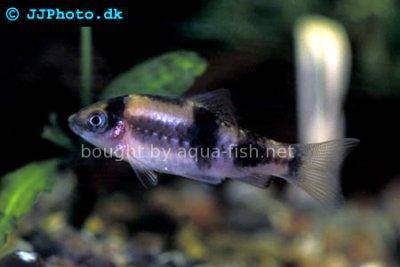






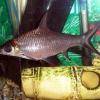 Bala
Bala 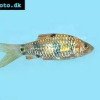 Spotted
Spotted 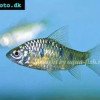 Golden
Golden 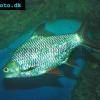 Tinfoil
Tinfoil 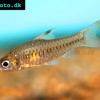 Congo
Congo 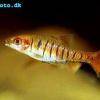 Blue-barred
Blue-barred 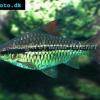 African
African 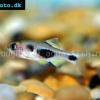 Butterfly
Butterfly 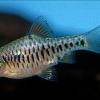 Olivegreen
Olivegreen 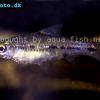 Morse
Morse 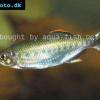 Jerdon’s
Jerdon’s 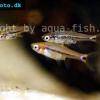 Mosquito
Mosquito 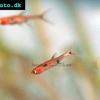 Dwarf
Dwarf 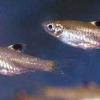 Eyespot
Eyespot 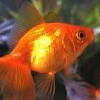 Goldfish
Goldfish 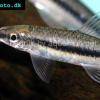 Penguin
Penguin 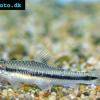 Siamese
Siamese 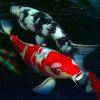 Koi
Koi 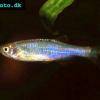 Pearl
Pearl 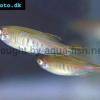 Glowlight
Glowlight 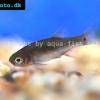 Crossbanded
Crossbanded 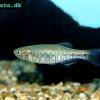 Yoma
Yoma 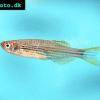 Orange
Orange 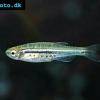 Dwarf
Dwarf 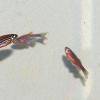 Zebra
Zebra 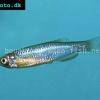 Rose
Rose 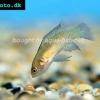 Red
Red 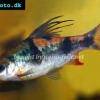 Arulius
Arulius 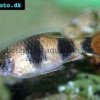 Tambraparni
Tambraparni 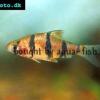 Fiveband
Fiveband 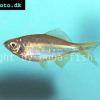 Bengal
Bengal 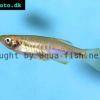 Tiger
Tiger 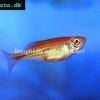 Malabar
Malabar 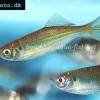 Queen
Queen 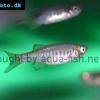 Hora
Hora 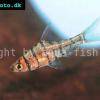 False
False 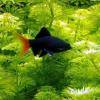 Redtail
Redtail 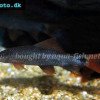 Rainbow
Rainbow 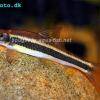 Flying
Flying 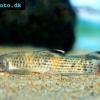 Garra
Garra 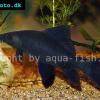 Black
Black 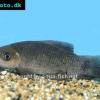 Purple
Purple 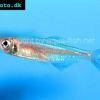 Burmese
Burmese 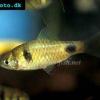 Dwarf
Dwarf 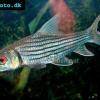 Isok
Isok 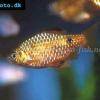 Rosy
Rosy 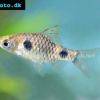 Two
Two 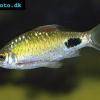 Black-spot
Black-spot 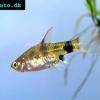 Golden
Golden 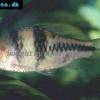 T-Barb
T-Barb 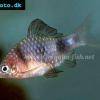 Ruby
Ruby 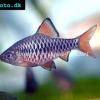 Checkered
Checkered 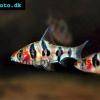 Rhomb
Rhomb 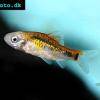 Gold
Gold 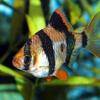 Tiger
Tiger 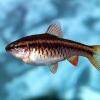 Cherry
Cherry 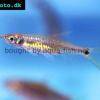 Brittan’s
Brittan’s 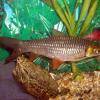 Greater
Greater 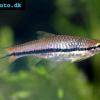 Long-band
Long-band 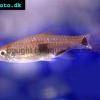 Twospot
Twospot  Reticulate
Reticulate 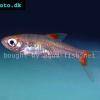 Cherry
Cherry 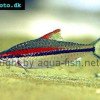 Denison
Denison 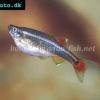 White
White 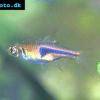 Lambchop
Lambchop 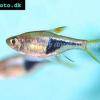 Harlequin
Harlequin